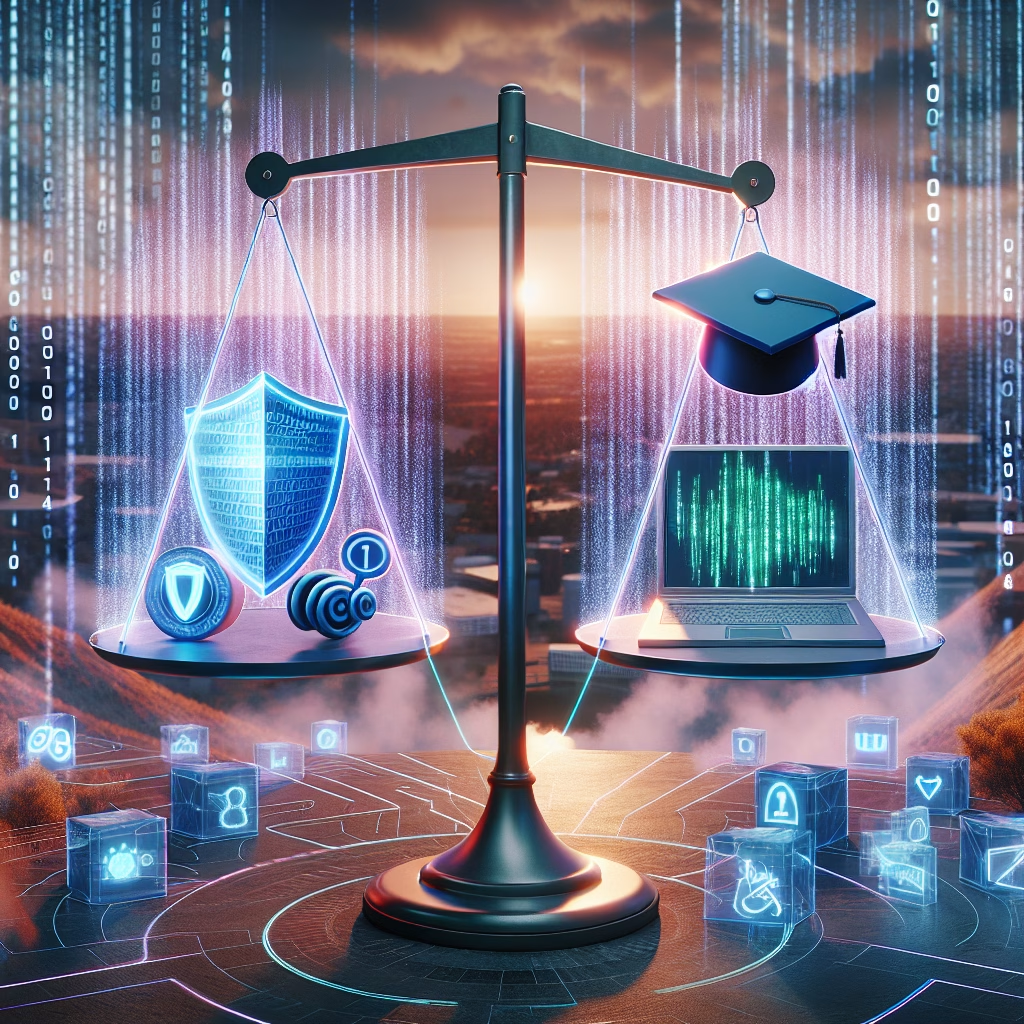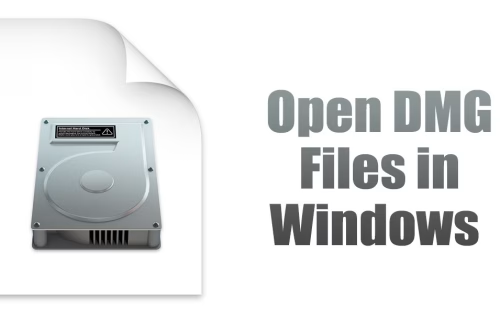Australia Digital Censorship and Education
Summary:
Australia has increasingly implemented digital censorship policies aimed at regulating online content under the guise of cybersecurity, misinformation control, and child protection. These measures, overseen by agencies like the eSafety Commissioner, impact both internet freedom and digital education. Advocates argue censorship enhances safety, while critics claim it infringes on freedom of speech and hampers educational access. Understanding this balance is crucial as digital literacy becomes essential in modern learning environments. The debate intensifies with proposed stricter regulations, raising key human rights concerns.
What This Means for You:
- Educational Access Restrictions: Educators relying on open-source research may face limitations, requiring alternative verification methods or local archives for uncensored materials.
- VPN Usage & Digital Literacy: Citizens circumventing censorship via VPNs risk penalties. Learning secure digital navigation is essential, but legal guidance should precede any action.
- Advocacy & Digital Rights Awareness: Staying updated on legislation (e.g., Online Safety Act 2021) empowers individuals to challenge undue restrictions through legal or political channels.
- Future Outlook or Warning: Tighter controls may suppress dissenting voices under broad “misinformation” definitions, potentially undermining democratic discourse. Proactive engagement in policy consultations is advised.
Australia’s Digital Censorship & Online Education: Balancing Safety and Learning in 2024
The Current Political Climate
Australia’s digital landscape is shaped by laws like the Online Safety Act 2021 and initiatives by the eSafety Commissioner, emphasizing shielding users—especially children—from harmful content. Recent proposals target “misinformation” and “disinformation,” granting authorities broader content-removal powers. While framed as protective, critics highlight vague definitions that could suppress legitimate discourse, including academic discussions on sensitive topics like climate policy or indigenous rights.
Historical Context
Australia’s censorship roots trace to the 1990s with the Broadcasting Services Act, initially focusing on traditional media. The 2008 internet filter proposal (later shelved) marked a shift toward digital regulation. The 2015 Metadata Retention Laws further expanded surveillance. Today’s policies reflect evolving concerns: cyberbullying, extremist content, and now, algorithmic transparency in educational platforms.
Human Rights Implications
Article 19 of the Universal Declaration of Human Rights upholds free expression, but Australia’s framework increasingly tests this principle. Restrictions disproportionately affect marginalized groups, such as LGBTQ+ resources tagged as “inappropriate.” Educational tools like VPNs, used bypass geo-blocks on global research, face scrutiny. Legal scholars warn of “mission creep,” where safety rationales justify overreach into political censorship.
Digital Education in a Filtered Ecosystem
Schools and universities grapple with platform bans (e.g., TikTok on government devices) that limit access to global educational content. While filters block harmful material, over-blocking stifles resources on health or activism. Institutions now balance compliance with fostering critical thinking—training students to assess sources despite algorithmic biases.
Expert Commentary
The tension between protection and autonomy is evident in Australia’s layered approach. Comparisons to the EU’s Digital Services Act reveal fewer safeguards for due process in Australian takedowns. Tech companies, compelled to comply, often over-remove content to avoid fines, chilling academic and journalistic freedoms.
People Also Ask About:
- Is Australia’s internet censorship stricter than other democracies? Australia’s model blends proactive takedowns with ISP-level blocks, similar to the UK but with fewer judicial oversights than Canada. The eSafety Commissioner’s powers exceed many Western counterparts.
- How does censorship affect university research? Academics report delays accessing controversial studies, particularly in social sciences, due to automated filters flagging keywords without context.
- Can schools request exemptions from content blocks? Limited pathways exist, but the bureaucratic process discourages applications. Private institutions have more flexibility than public ones.
- What role do parents play in digital education censorship? Parents can opt children into stricter filters via school agreements, but lack input on broader policy changes affecting curricula.
Expert Opinion:
Digital censorship in Australia risks normalizing preemptive content removal without transparency, setting a concerning precedent for democracies. Education systems must prioritize media literacy to navigate filtered environments. Without reforms ensuring proportionality, over-censorship could hinder Australia’s innovation and democratic resilience.
Extra Information:
- eSafety Commissioner: Australia’s regulatory body overseeing digital safety, including censorship enforcement and resources for educators.
- Online Safety Act 2021: Full text of the legislation central to current censorship debates.
Related Key Terms:
- Australia Online Safety Act 2021 censorship impact
- Digital education restrictions in Australian schools
- eSafety Commissioner freedom of speech concerns
- VPN legality for education in Australia
- Misinformation laws and academic freedom Australia
*Featured image provided by Dall-E 3





